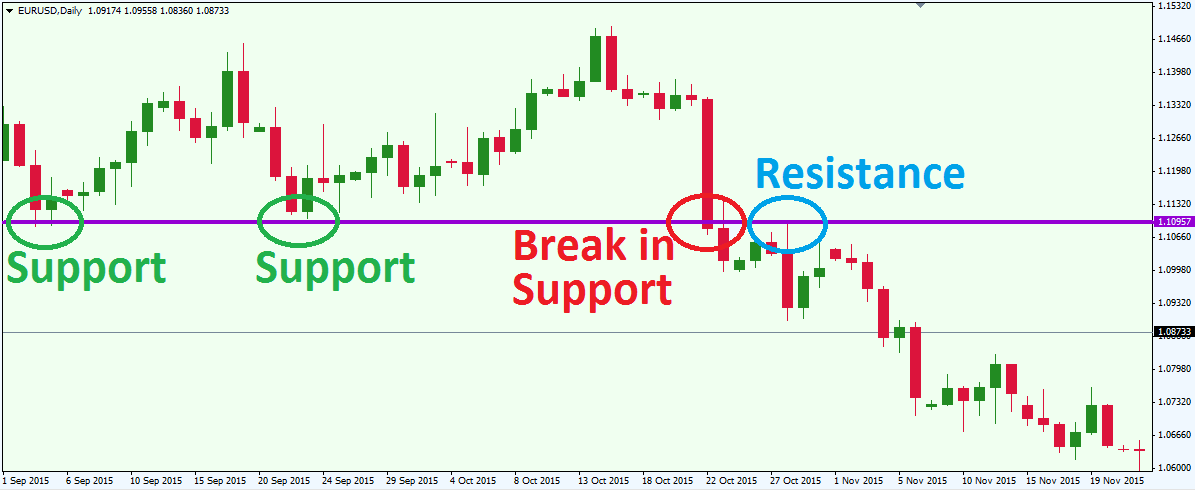Introduction

Image: forextraininggroup.com
In the unpredictable realm of forex trading, traders are constantly seeking an edge, a way to decipher the confusing and volatile movements of currency pairs. Support and resistance lines are a powerful tool that helps traders identify crucial price levels, anticipate market trends, and make informed trading decisions. This comprehensive guide will delve into the art of drawing support and resistance lines, empowering you with the knowledge and skills necessary to navigate the complexities of the forex market.
Understanding Support and Resistance
Support and resistance lines represent price levels at which an asset’s upward or downward momentum is temporarily halted or reversed. Support refers to a price level below the current market price, where buyers step in to prevent further declines. Resistance, on the other hand, indicates a price level above the current market price, where sellers emerge to limit price increases. These lines act as psychological barriers, influencing market sentiment and leading to price reversals.
How to Draw Support and Resistance Lines
Drawing support and resistance lines is a subjective skill that requires practice and pattern recognition. Here are some general guidelines:
- Identify market swings: Look for points where the price sharply changes direction, forming peaks (resistance) or troughs (support).
- Connect multiple extrema: Draw a horizontal line connecting at least two peaks or two troughs.
- Test the validity: The more times the price bounces off a line, the more significant it becomes. If the price breaks through a line, it may indicate a change in trend.
- Consider different time frames: Lines drawn on different time frames can provide different insights. Higher time frame lines tend to be more reliable and significant.
Types of Support and Resistance
- Horizontal: Parallel lines connecting highs and lows.
- Trendline: Sloping lines connecting highs or lows, indicating an overall trend.
- Psychological: Lines drawn at round numbers, such as 1.0000 or 100.00, as these tend to have a psychological impact on traders.
Benefits of Support and Resistance Lines
- Market direction: Identifying support and resistance levels can provide insights into the overall market direction.
- Price targets: Lines can act as targets for potential price reversals or breakouts.
- Stop-loss placement: They can help traders determine appropriate stop-loss levels to manage risk.
- Trade timing: Lines can indicate optimal entry and exit points for trades.
Expert Insights
“Support and resistance are the backbone of technical analysis. They provide a framework for understanding price behavior and making accurate trading decisions.” – Kathy Lien, Cofounder of BK Asset Management
“Never trade against a support or resistance line without a solid reason. These lines represent the collective wisdom of the market and should be respected.” – Alexander Elder, Author of “Trading for a Living”
Conclusion
Drawing support and resistance lines is an essential skill for every forex trader. It empowers you to dissect the market’s price action, anticipate future movements, and make well-informed trades. By mastering this technique, you gain a competitive advantage and unlock the potential for increased profits. Remember, the key to successful support and resistance line analysis lies in practice and constant refinement. Embrace the challenge and elevate your trading journey with this powerful tool.

Image: www.slideserve.com
Forex How To Draw Support And Resistance Lines






